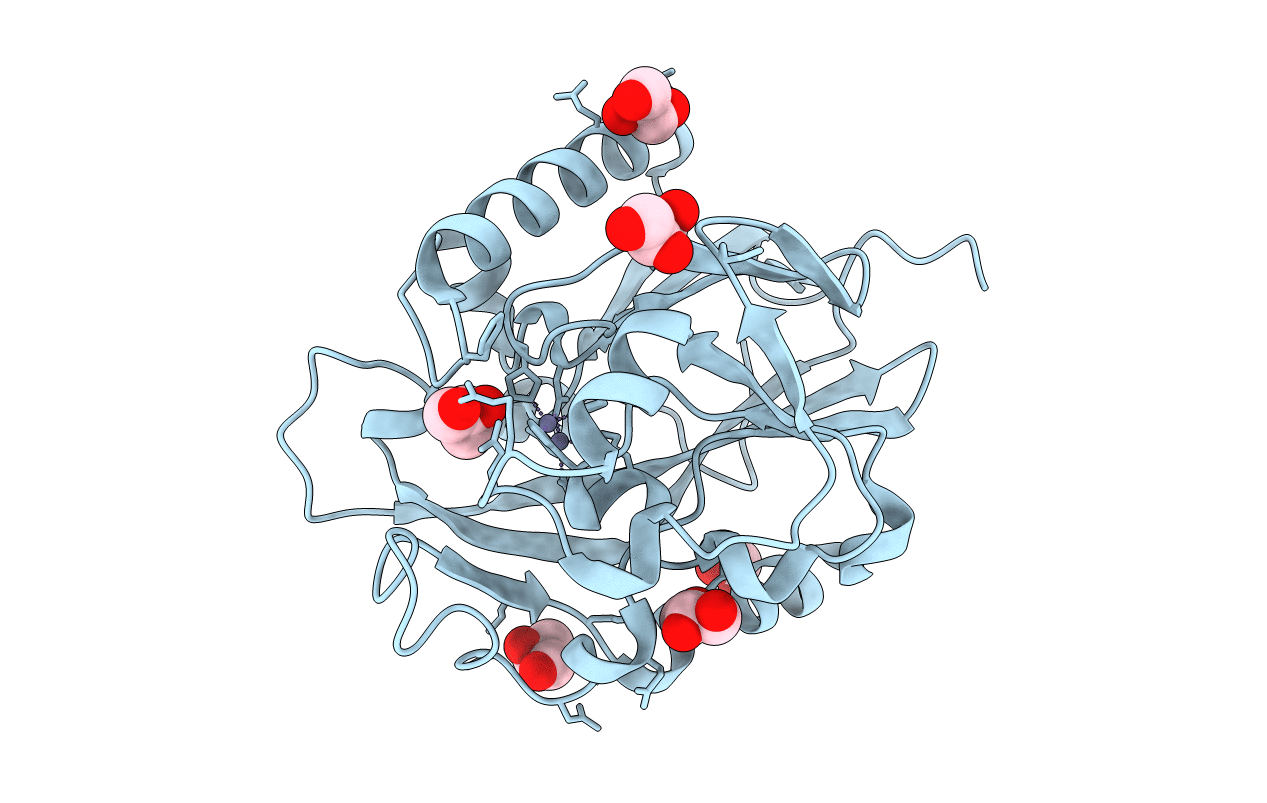
Deposition Date
2015-10-28
Release Date
2016-09-07
Last Version Date
2024-10-30
Entry Detail
PDB ID:
5EHT
Keywords:
Title:
Indirect contributions of mutations underlie optimization of new enzyme function
Biological Source:
Source Organism:
Bacillus thuringiensis (Taxon ID: 1428)
Host Organism:
Method Details:
Experimental Method:
Resolution:
1.29 Å
R-Value Free:
0.16
R-Value Work:
0.12
R-Value Observed:
0.12
Space Group:
P 21 21 21


